अश्मिता गुप्ता
अश्मिता गुप्ता
Ashmita Gupta
अश्मिता गुप्ता
JAWAJA
CRAFT

Guided by
Shimul Mehta Vyas | Behraram Bhai Ji | Puramal Bhai Ji | Rajeshree Behen
CONTENT
JAWAJA
CRAFT
01.
02.
MOCKUP
VALUE
03.
FORM
BOARD
04.
FORM
EXPLORATIONS
05.
06.
LEATHER
MOCKUP
ACTUAL SIZE MOCKUP
07.
PROCESS
08.
FINAL PRODUCT
09.
DETAILINGS
10.
LEARNINGS
11.
JAWAJA CRAFT
01.
The beauty of Jawaja leather work is the evenly stitched leather strips instead of threads. Two layers of leather are first stuck together and then stitched by punching holes with awls, or large needle-like tools; leather strips are made to pass through the layers, binding them together.
The leather craft of Jawaja, which was practiced for more than three hundred years, was beautifully structured and meticulously stitched back to glory through a joint initiative taken by IIM and NID in the 1970s.
ATTRIBUTES OF JAWAJA BAG

• The human touch with the natural process (vegetable tanning) • Enhancing the visual aesthetic • Can fit into any era • Stitching is the beauty of the bag • Uniformity of stitches • The same material used in stitching • Stability / structural/sturdy • Durability /long-lasting • Minimal or basic and bear silhouette • Stitching is the identity of the product • No side of stitching (both side of stitching is similar) • Edge finish • The puller of the bag • The color of the leather gives an earthy touch • Utility driven • Functional

MOCK UP
02.

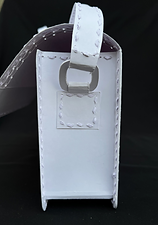


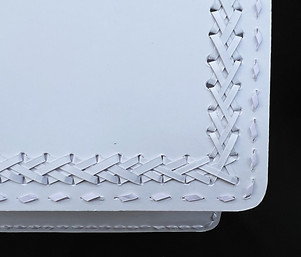

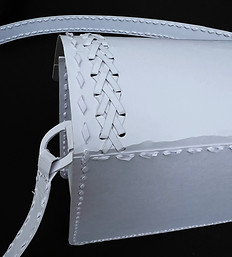




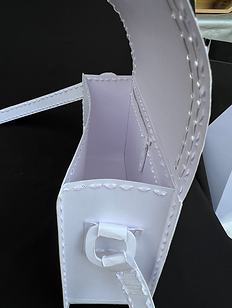
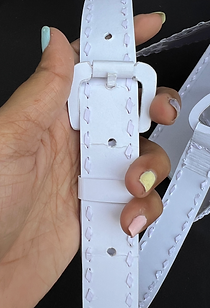


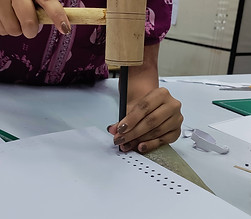


PROCESS






VALUE
03.
CONVERTIBILITY
Form enhancement by creating rich stitches. Also, I need to include functionality in the form so that bags can be used for multiple purposes, so the beginning inspiration was taken from the art of origami and my previous modules in the form.
FORM BOARD
04.





FORM EXPLORATIONS
05.





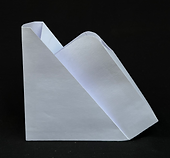









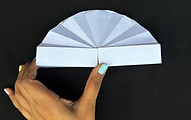



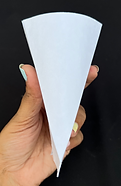



For more explorations:
LEATHER MOCKUP
06.


I embarked on a creative exploration of one of the final two forms, meticulously translating its intricate design onto leather. The primary objective was to assess the feasibility of incorporating the folds into the leather medium and to observe how the material responded to my intended design. This hands-on experiment allowed me to gain valuable insights into the unique characteristics of leather, informing my design decisions and refining the final form to achieve the desired aesthetic and functionality. Through this process, I not only tested the limits of the material but also honed my skills in adapting and manipulating it to bring my artistic vision to life.




ACTUAL SIZE MOCKUP
07.


As part of my design process, I employed an EVA sheet with cartage paper to create a mockup that closely mimicked the texture of leather. The use of EVA allowed me to assess the feasibility of the design in its actual size while avoiding the cost constraints associated with genuine leather. This strategic choice in materials not only facilitated a cost-effective mockup but also demonstrated the versatility of alternative mediums in the initial stages of the design process.






FINAL PRODUCT PROCESS
08.








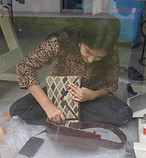

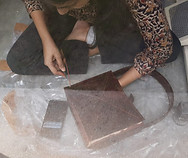

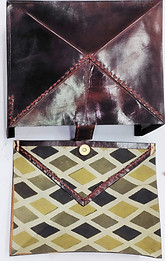
FINAL PRODUCT
09.





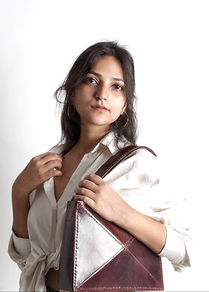


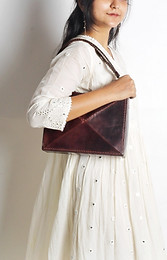


DETAILINGS
10.

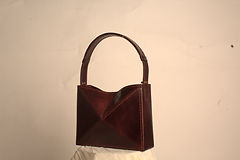
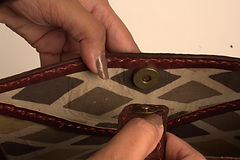







My experience with the Jawaja project was a profound journey in learning and collaboration. Working closely with artisans for the first time, particularly those with extensive expertise in leatherwork, provided invaluable insights. One of the key lessons I gleaned was the art of ideation within a framework of shared values. While tasked with creating mood boards, I initially faced challenges in sourcing appropriate photos. However, through perseverance and creativity, I overcame these obstacles, earning recognition from the Jawaja artisans themselves. Their acknowledgment of my work, especially in achieving finer stitches than conventionally practiced, was gratifying and reinforced the importance of attention to detail in their craft. Maintaining the essence of their traditional techniques while incorporating new elements presented a significant challenge, underscoring the delicate balance required in innovation within a cultural context. This experience not only honed my skills but also deepened my appreciation for the rich heritage and meticulous craftsmanship of the Jawaja community.